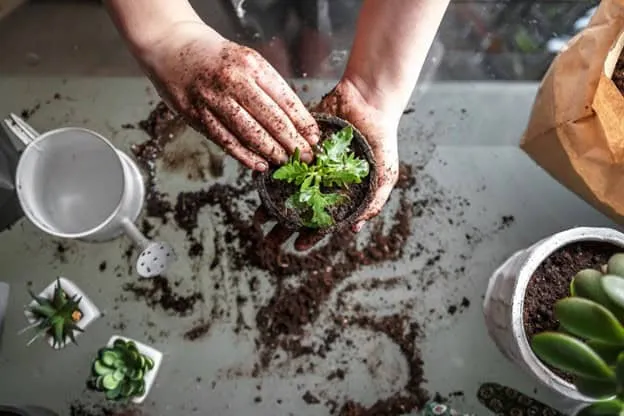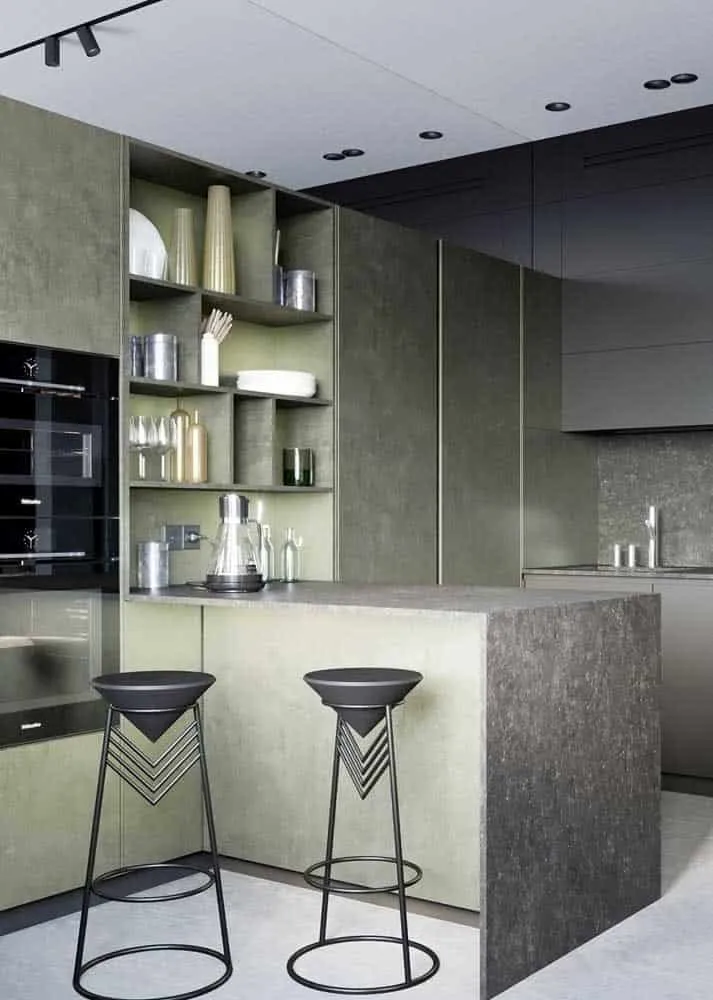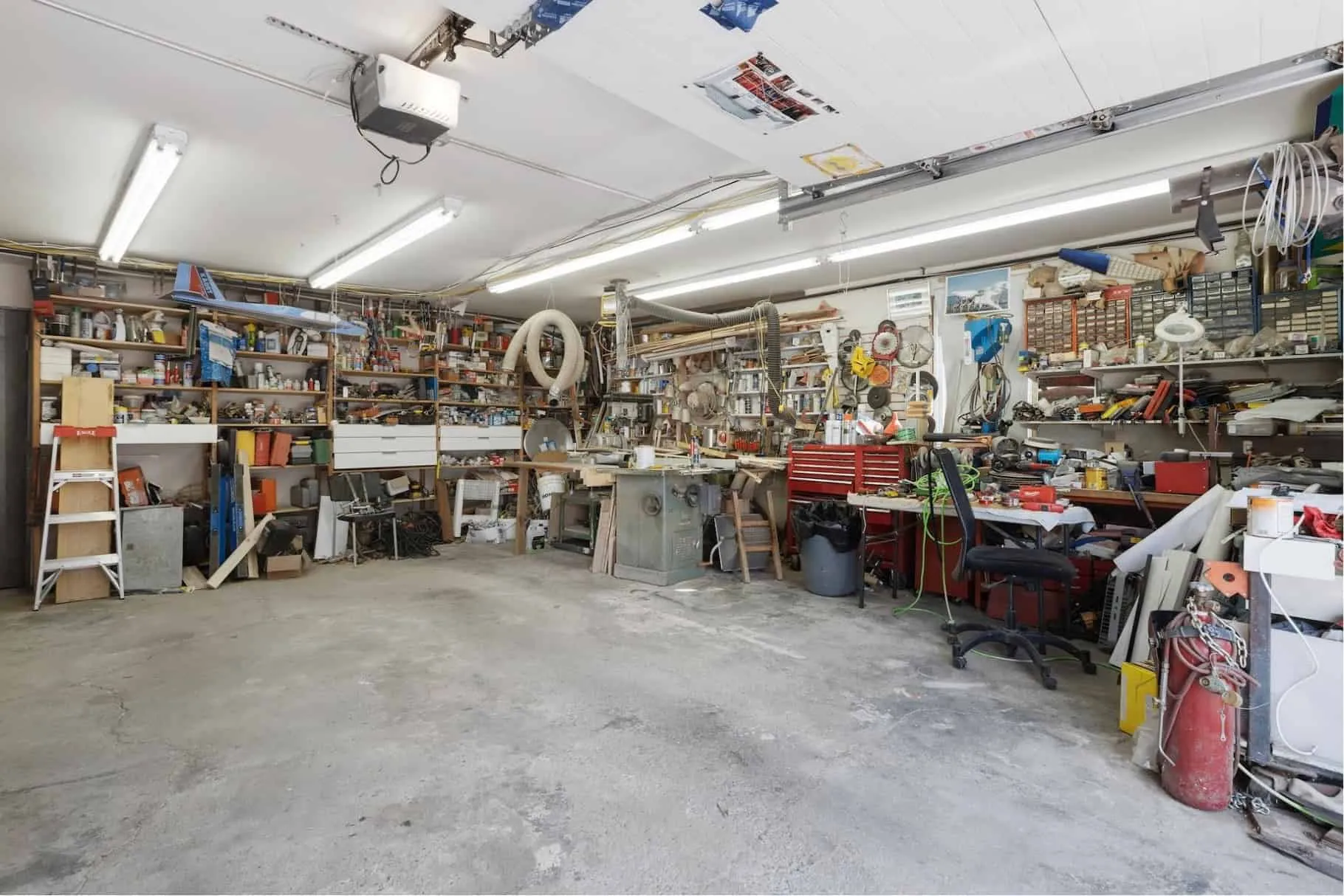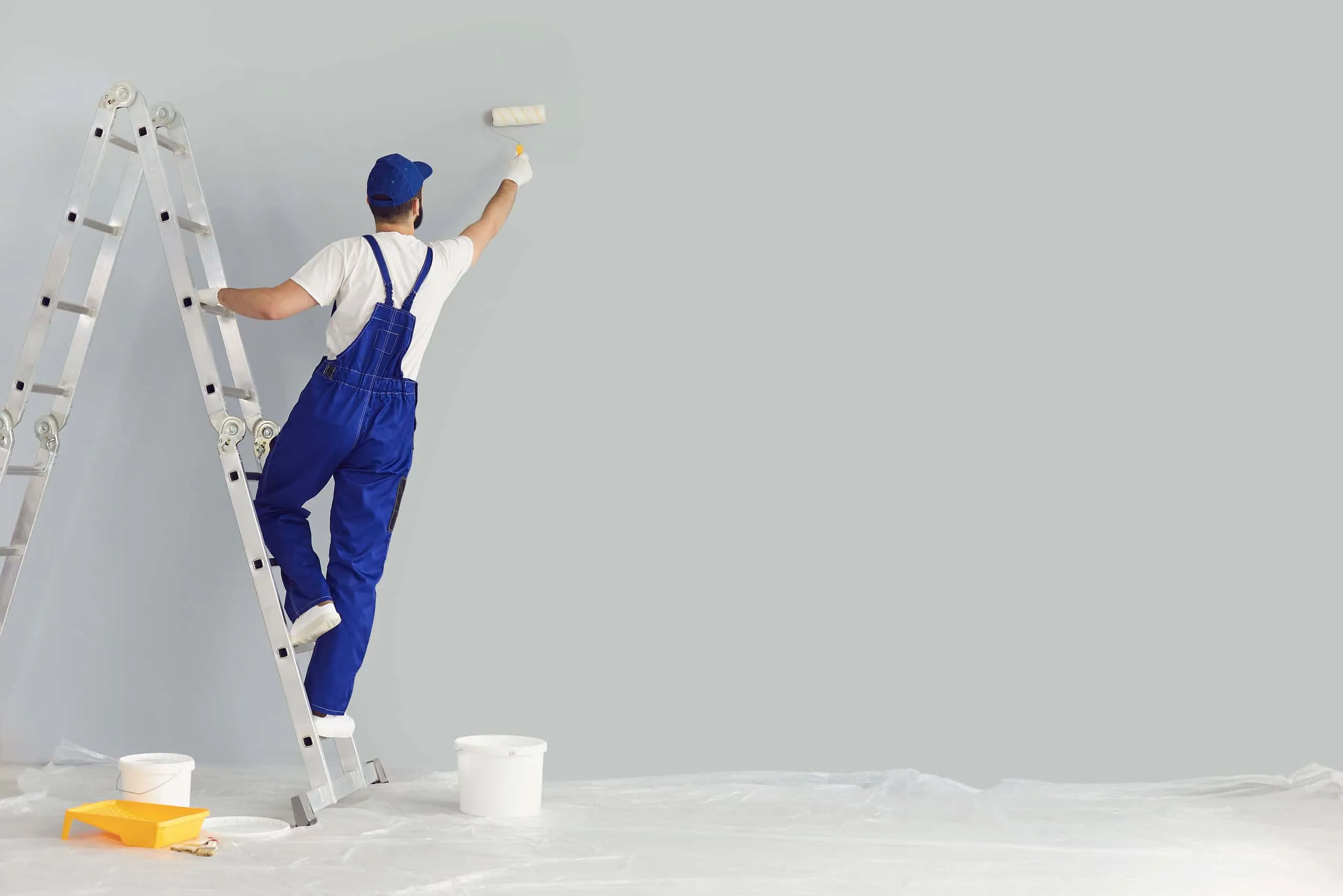There can be your advertisement
300x150
How to Deal with Soil Compaction in the Backyard
Everyone needs a place they can call home. Shelter is one of the most basic human needs, but a home is much more than just a roof over your head. It's a place where you can relax at the end of a busy day full of duties and concerns. A place for raising children, cooking meals together with friends and family, and a place for laughter and communication with loved ones.
Your backyard is an important part of your home. It's a place where you can host barbecues or unwind in the evening while watering your garden. Taking care of your backyard is an important task; for many people, their yard is a source of pride and joy.

But what if the soil in your backyard starts to compact? This can lead to a number of problems, including poor plant growth and causing oxygen deficiency in grass and plants. This helpful article will tell you about several key ways to deal with soil compaction in the backyard. Keep reading to learn more.
Redistribute the Area Using Garden Decor or Accessories
If a certain area of your backyard has particularly compacted soil, you can redistribute that section by placing garden decorations from a local flower shop or buying water features online. Installing a fountain, a water statue, or another large garden decoration will allow you to enjoy that part of your backyard without worrying about the condition of poor soil.
A water feature is an excellent addition to any backyard. Watching and listening to the flowing water while relaxing outdoors is a pleasant experience. It also creates a safe haven for local birds that will come to the water feature for drink and coolness on hot days.
Plow the Soil to Improve Aeration
A great strategy for fighting soil compaction is plowing the soil to improve aeration. The best time of year for this is spring, but you can do it all year round. The key point is to plow the soil when it's dry — don't do this after rain, and if it has been raining, wait a few days until the soil dries out.
You can manually plow the soil using a shovel or garden fork, digging into the ground and carefully turning it over. This will help aerate the soil and reduce compaction. You can also use a larger shovel.
For lawns, you can buy special lawn aerators that can be worn on your feet (with large spikes), and walk across the lawn in rows to reduce soil compaction.
Avoid Overwatering
Soil compaction can be caused by overwatering the garden. You can develop a strict watering schedule that the whole household will follow to avoid flooding the soil. Deep watering once a week works in all seasons except peak summer. During hot days, you may need to water every two days, as plants will require additional moisture due to rapid soil drying under high temperatures.
Grow Plants That Help Prevent Soil Compaction
Did you know that some vegetables and wildflowers can naturally help prevent soil compaction thanks to their root systems? Plants like artichokes, radishes, corn, mustard, and others are ideal for loosening heavy, compacted soil. Plus, you'll get edible crops after they mature.
Install Garden Walkways
Soil compaction can occur due to frequent walking through the garden. When people walk on the lawn, their weight presses down on the soil and makes it compacted. You can fight this by installing paved walkways in your garden, allowing you to walk without stepping on the beds. This is a great DIY trick that can be done by laying down pavers.
Create a New Top Layer
This is an excellent solution for those who recently purchased a newly built property or conducted major renovations. The soil in gardens of newly constructed homes is often heavily compacted due to a lot of foot traffic and the use of machinery such as excavators and cranes.
Applying a 15–20 cm layer of organic material to the garden beds is an excellent way to add organic matter without having to dig up the soil. You can use straw, leaves, lawn grass, wood chips, and compost. Leave this material in place for some time. This will decompose under the weather and rain, creating lighter soil rich in nutrients for plants you're now ready to plant.
Conclusion on Soil
This helpful article shares several tips for dealing with soil compaction in the backyard. Follow these tips, and you'll have airy, aerated soil that nourishes your plant friends and provides excellent growing conditions. This is not an exhaustive list but will help you get started.
More articles:
 How to Care for Lavender - A Fragrant Plant with Soothing and Stress-Relieving Properties
How to Care for Lavender - A Fragrant Plant with Soothing and Stress-Relieving Properties How to Choose a Linen Sofa That Fits Your Living Room
How to Choose a Linen Sofa That Fits Your Living Room How to Choose Kitchen Cabinets That Will Fit Perfectly?
How to Choose Kitchen Cabinets That Will Fit Perfectly? How to Choose the Best Materials for Garage Floor Repair
How to Choose the Best Materials for Garage Floor Repair How to Choose the Right Painting Contractor
How to Choose the Right Painting Contractor How to Choose the Right Desk with Bookcase
How to Choose the Right Desk with Bookcase How to Choose the Right Place for a Wine Cellar
How to Choose the Right Place for a Wine Cellar How to Choose the Right Sofa for Your Bedroom
How to Choose the Right Sofa for Your Bedroom